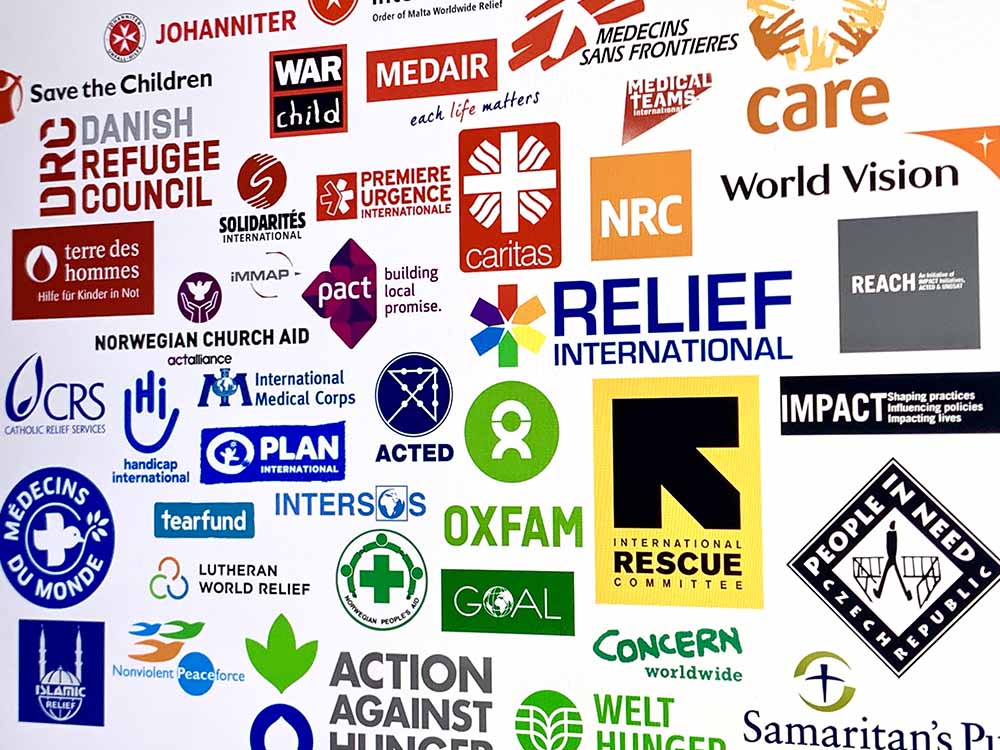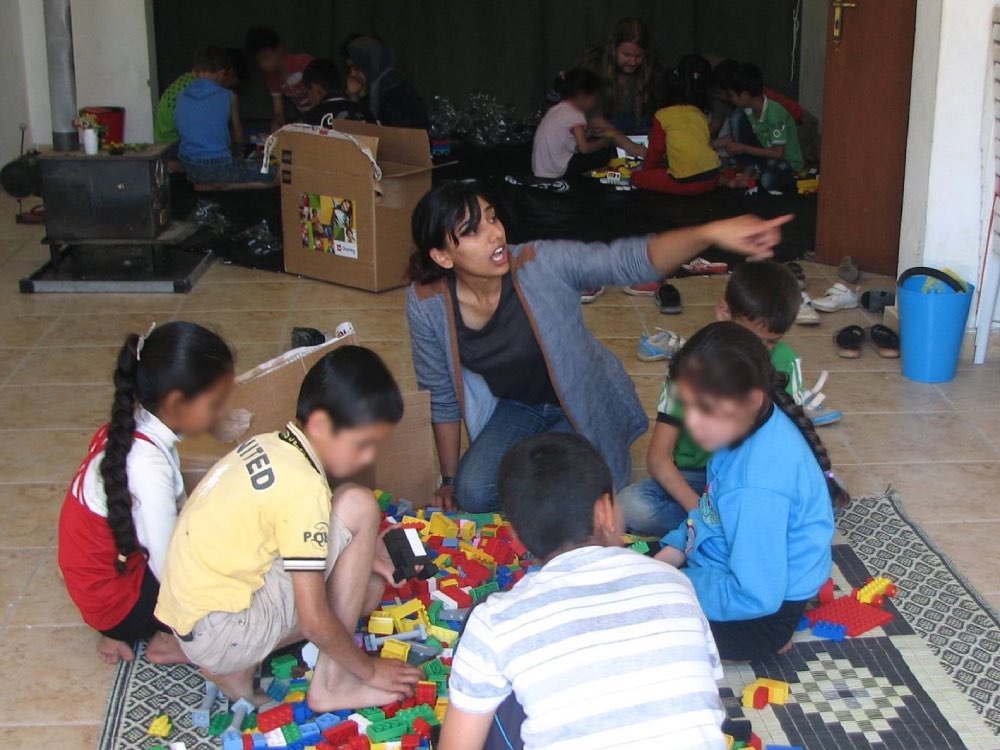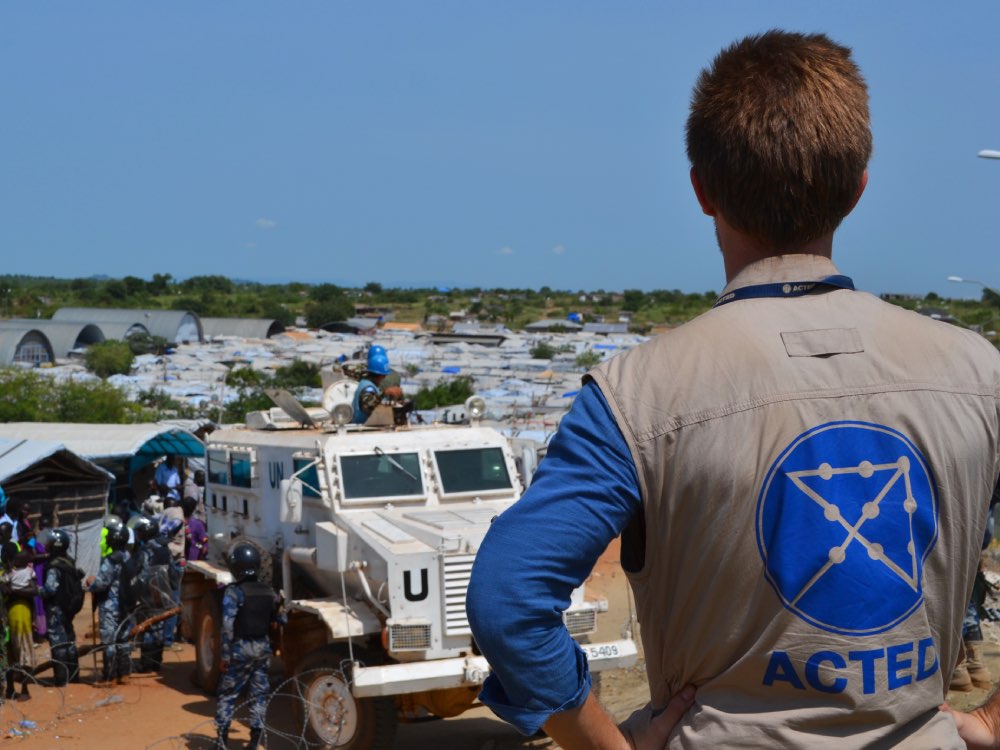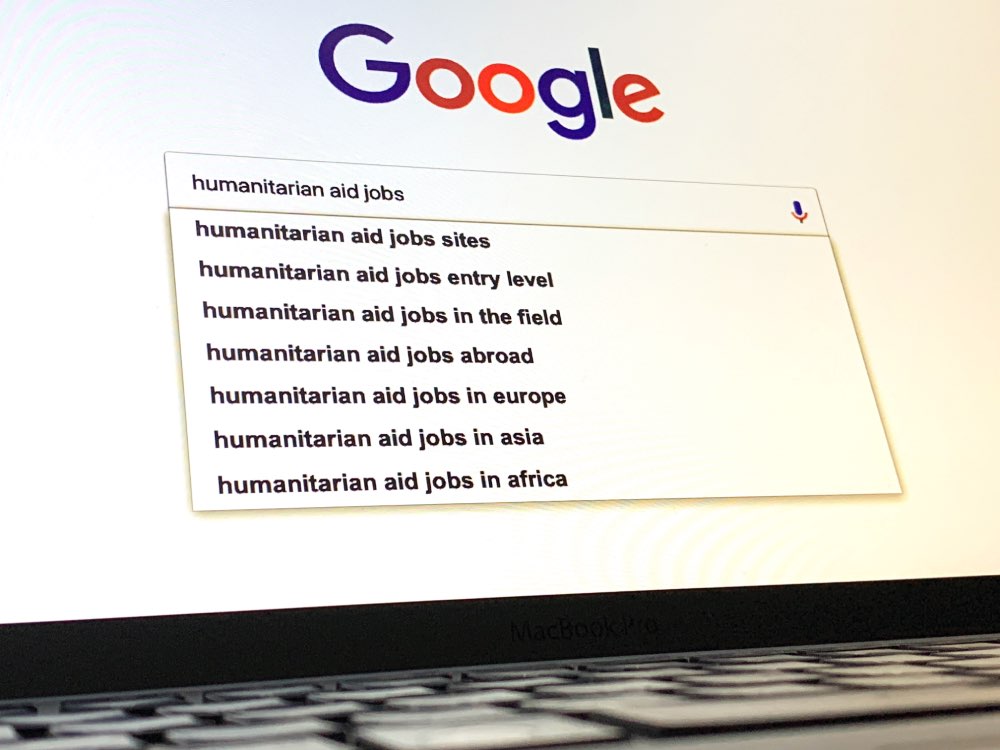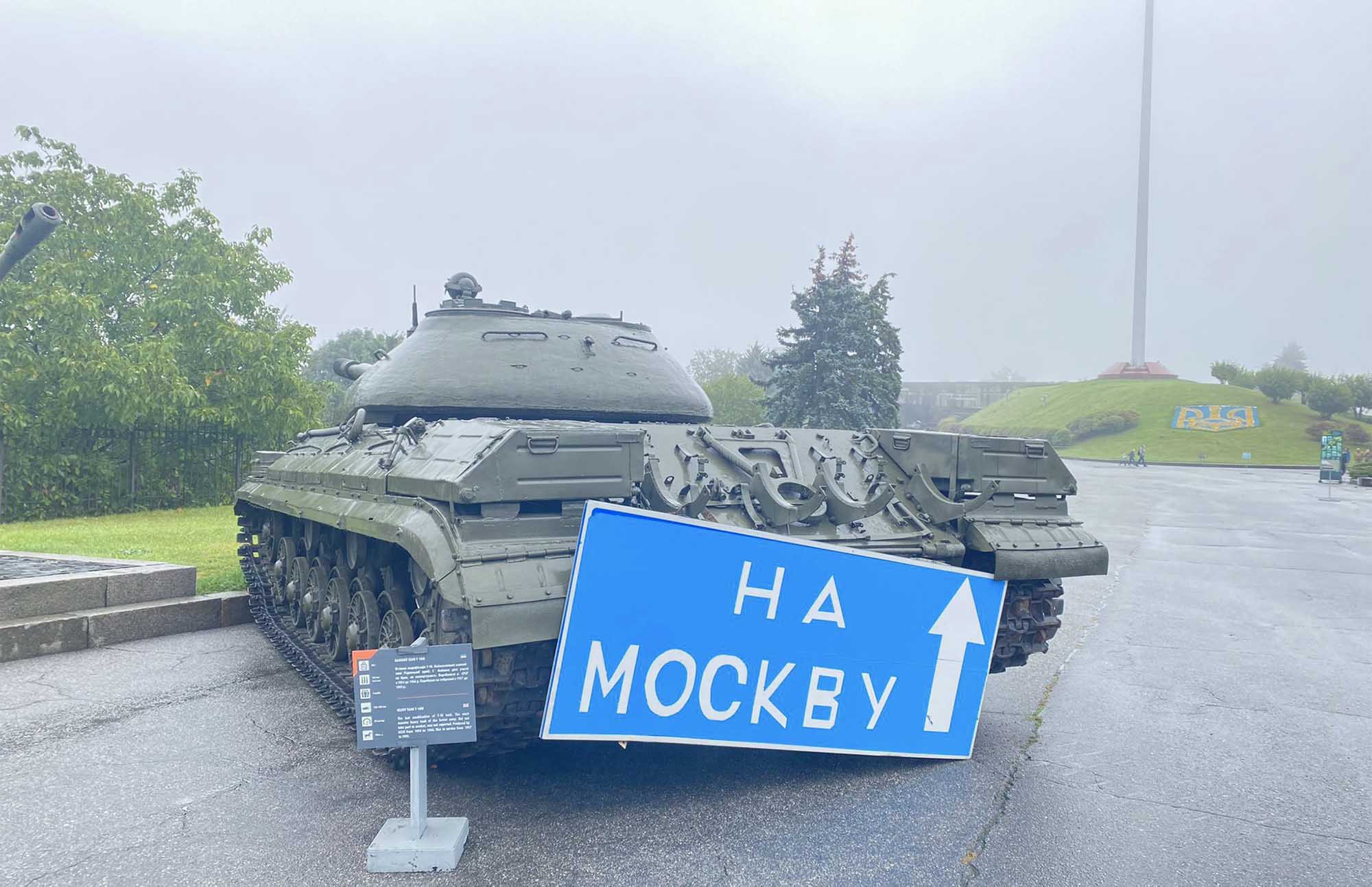
Humanitarian jobs in Ukraine right now
Aid agencies are struggling to hire in Ukraine. We take an in-depth look at what opportunities exist for humanitarian job seekers.
Since humanitarianism became a profession in the 1980s, each new global crisis has minted new relief workers. Most aging humanitarians now near retirement began their careers in the East African and Balkan crises of the eighties and nineties. The displacements caused by the Wars on Terror and the conflicts of the Arab Revolutions generated new NGOs and new aid workers riding the waves of funding.
Others started elsewhere, joining the responses to civil conflicts in South Sudan and Ethiopia, earthquakes in Haiti and Nepal, or floods in Pakistan and the United States.
Today, the all-encompassing humanitarian crisis that needs no introduction is the war in Ukraine.
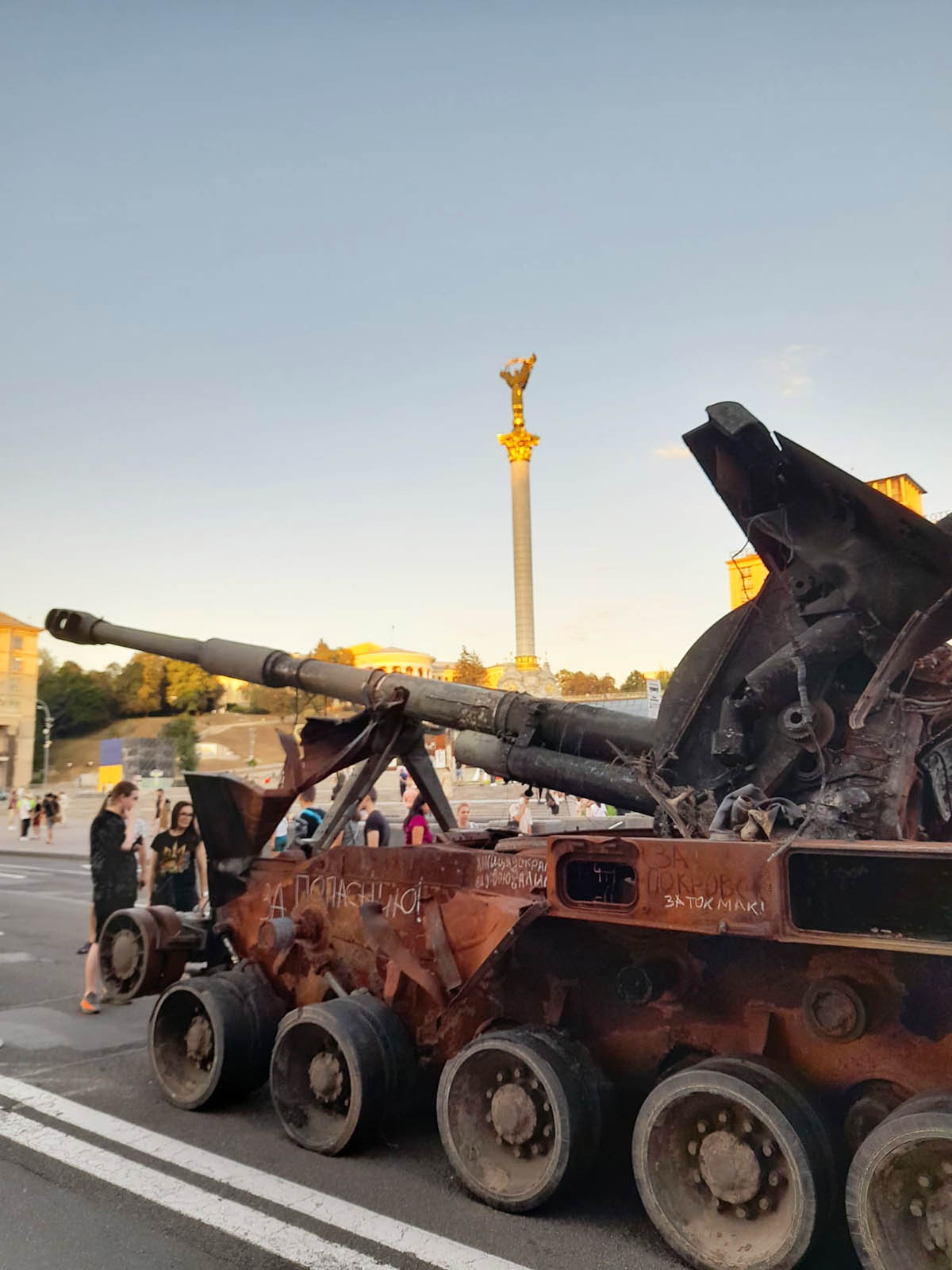

For aspiring aid workers, is it the right place to start a humanitarian career? For those with some experience already, is the Ukraine response the right place to go next?
To answer these questions, The Humanitarian Insider interviewed a dozen aid workers in Ukraine and Poland from mid-October to early November 2022. They worked for a variety of United Nations agencies and international NGOs and included Protection, Cash, Shelter, and Livelihood specialists, finance and security managers, and others. All photos in this article come from relief workers on the ground.
For those of our readers with no time (and no respect for how this article has been carefully crafted), you can skip directly to each section below:
"No, it's not safe"
The morning of our interview with one humanitarian in Kyiv coincided with the first attack of Iranian drones on the Ukrainian capital. He described how, in the pre-dawn, dozens of Shahed-136 “kamikaze” drones nosedived into civilian targets near his apartment.
Midway through our conversation I asked, “Is it safe there?”
A long pause hung over the WhatsApp line. “No, I suppose it’s not, is it?”
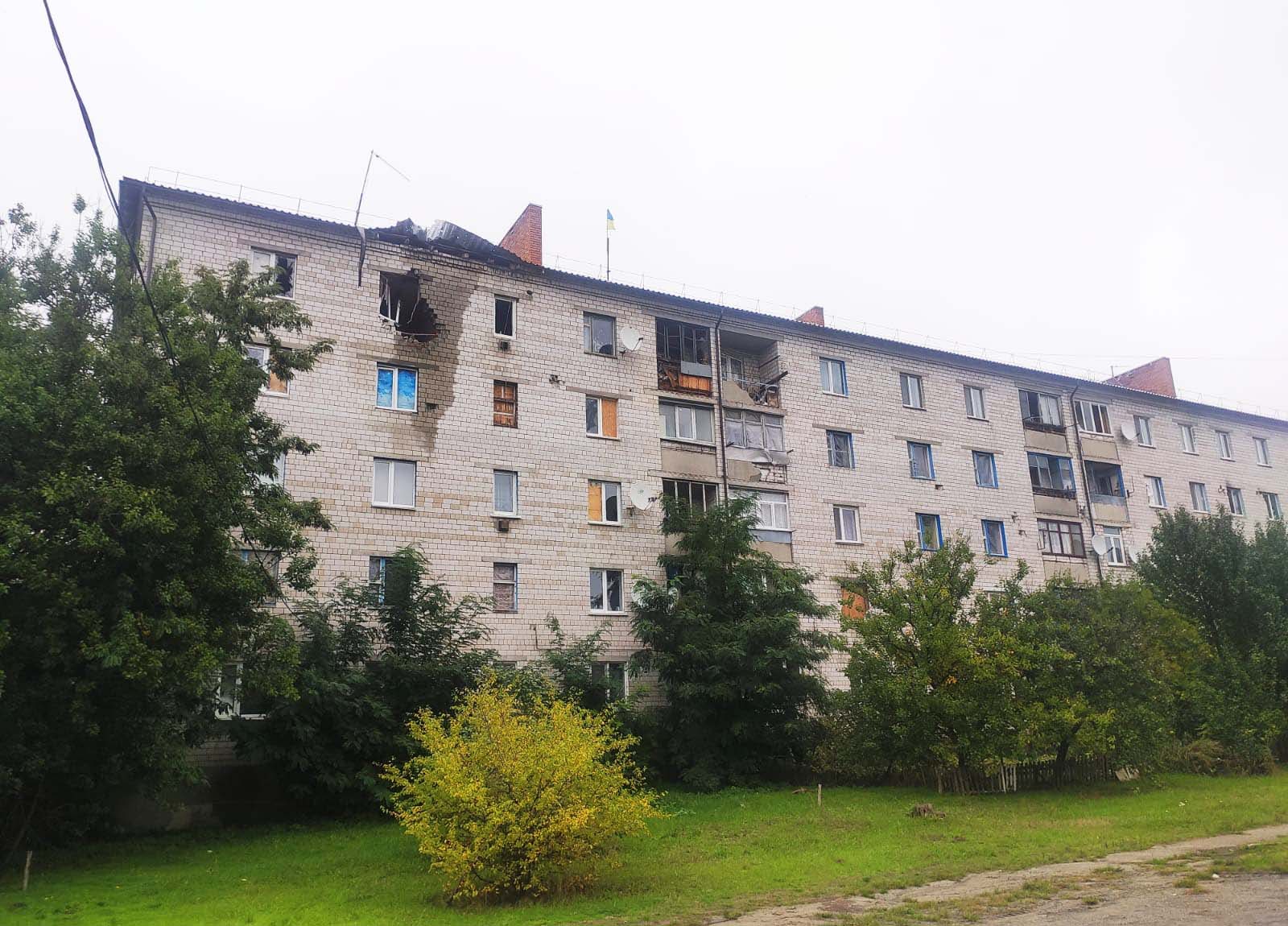
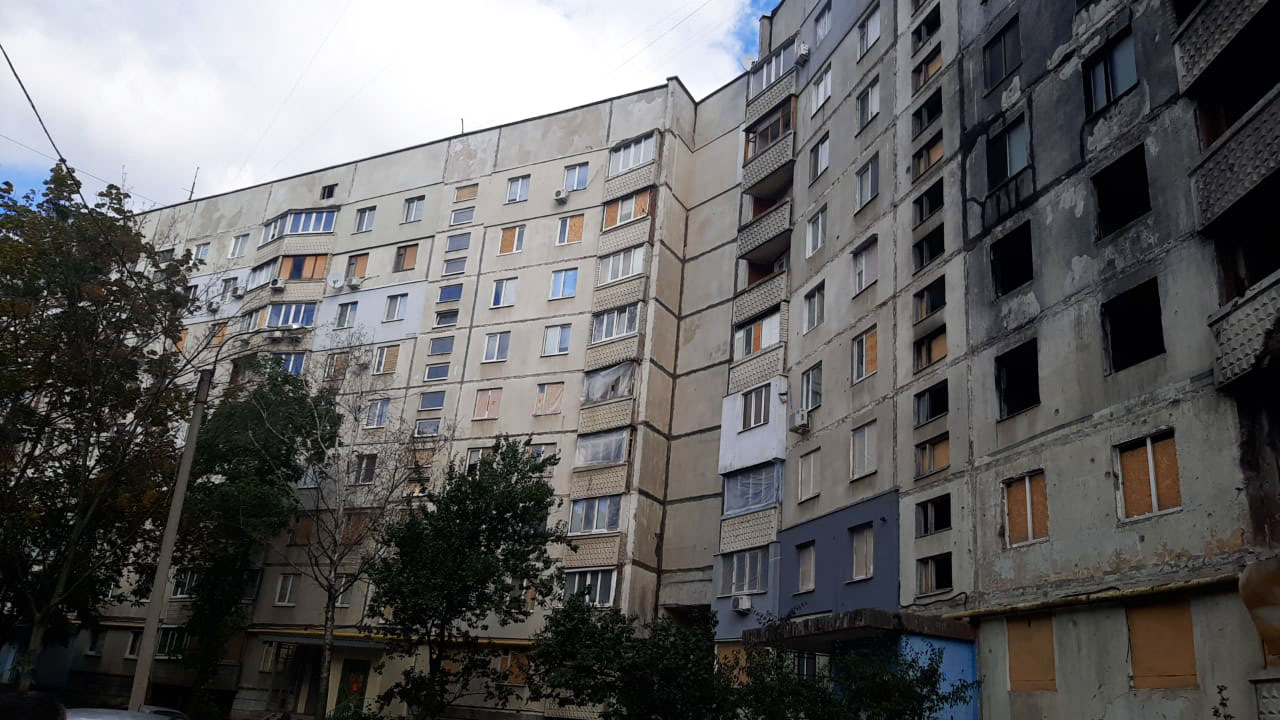
The safety and security situation
From a security perspective, the Ukrainian response is different from others. We spoke to veteran aid workers who had done tours in Afghanistan, Iraq, Somalia, and other conflict zones who described feeling truly vulnerable for the first time in Ukraine.
One security professional was blunt in his assessment: “Ukraine is an extremely difficult and new context for Country Security Managers. We know how to mitigate threats like carbombs and kidnappings, because that’s what we’ve been doing for the past 20 years, but not missiles and drone strikes,” which can affect nearly any location in Ukraine without warning. Other aid workers echoed this opinion.
There is also the menace of what one staff only referred to as “something much worse”: a nuclear attack or, in eastern Ukraine, an accident at the Zaporizhzhia nuclear power plant. For aid workers close to the frontlines (mostly Ukrainian volunteers) the risks also include landmines and unexploded ordnance.

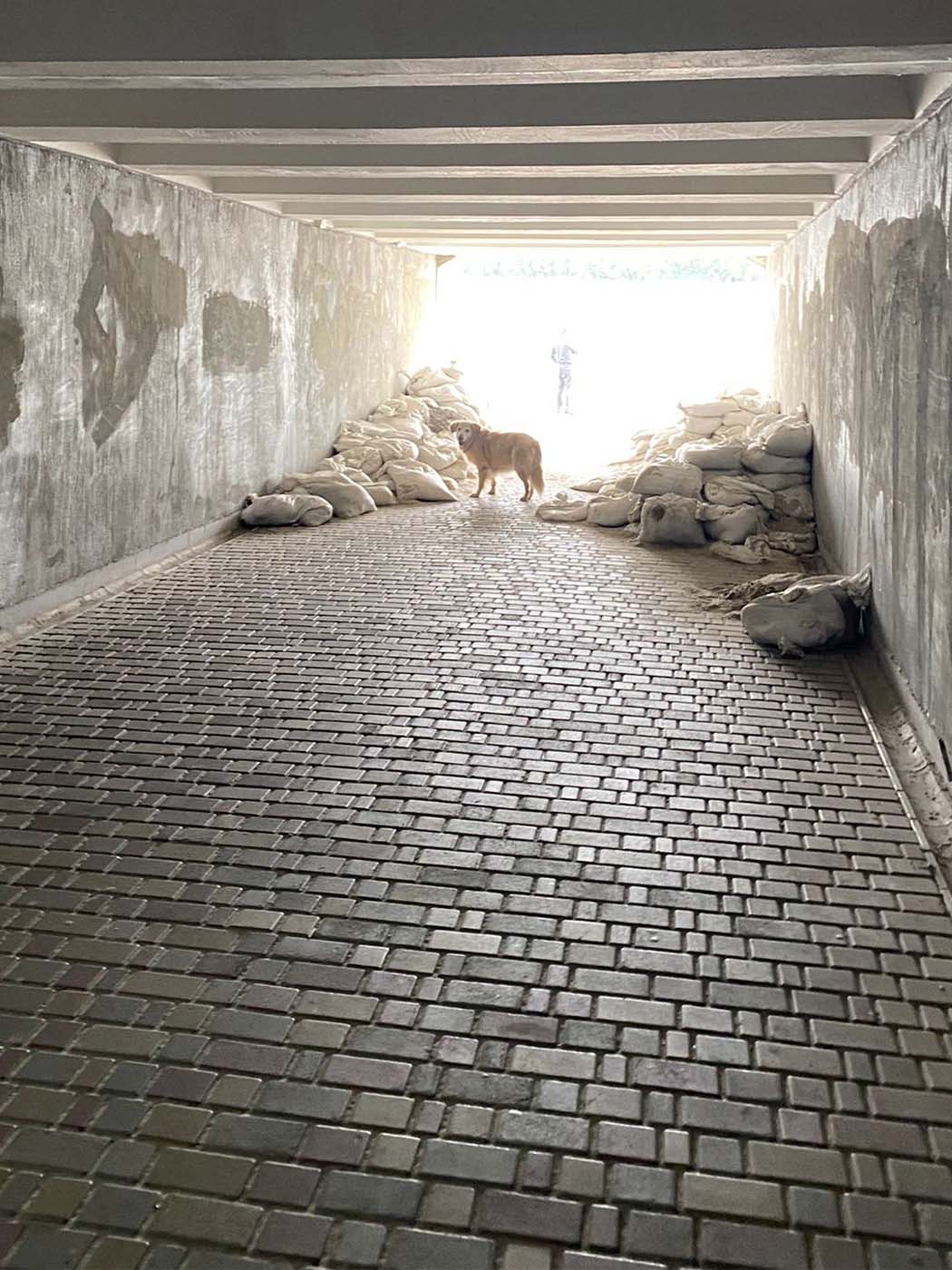
Life under attack
Since October, daily life in the Ukrainian cities that endure regular airstrikes has become markedly more difficult.
“Burnout happens super, super fast,” said one senior manager. “I’m concerned for the people that we’re hiring and sending in. Even experienced senior staff are burning out very quickly.”
Veteran aid workers are famous for being casual about life in active warzones, shrugging off car bombs and military offensives. But when asked about the situation in Ukraine, one experienced UN project manager based in Kyiv simply described it as, “Intense. Very intense.”
Water and electricity infrastructure in Kyiv and other cities are regularly targeted by Russian airstrikes. This makes the ability to flush the toilet, take a shower, make a cup of tea, charge your phone, or — crucially — heat your bedroom, entirely unpredictable. Aid workers praised the Ukrainian government’s ability to quickly to repair crucial infrastructure, but the frequency of Russian attacks means that your building, your neighbourhood, or even your entire city, can be suddenly without power or water.
And, unlike many humanitarian contexts, aid organisations have been generally unable to mitigate these shortages. There are no portable diesel generators nor water trucks rumbling up to your compound to offer relief. In fact, at this writing, all UN and NGO staff in Ukraine currently live in hotels or private apartments, rather than in guesthouse compounds, and most employers are only able to help their staff by offering extra blankets and water.
Sleep deprivation adds a layer of exhaustion on top of it all. In Kyiv and other targeted cities, air raid sirens can blare up to three or four times each night, and often last for two hours at a time — making uninterrupted sleep a rare luxury.

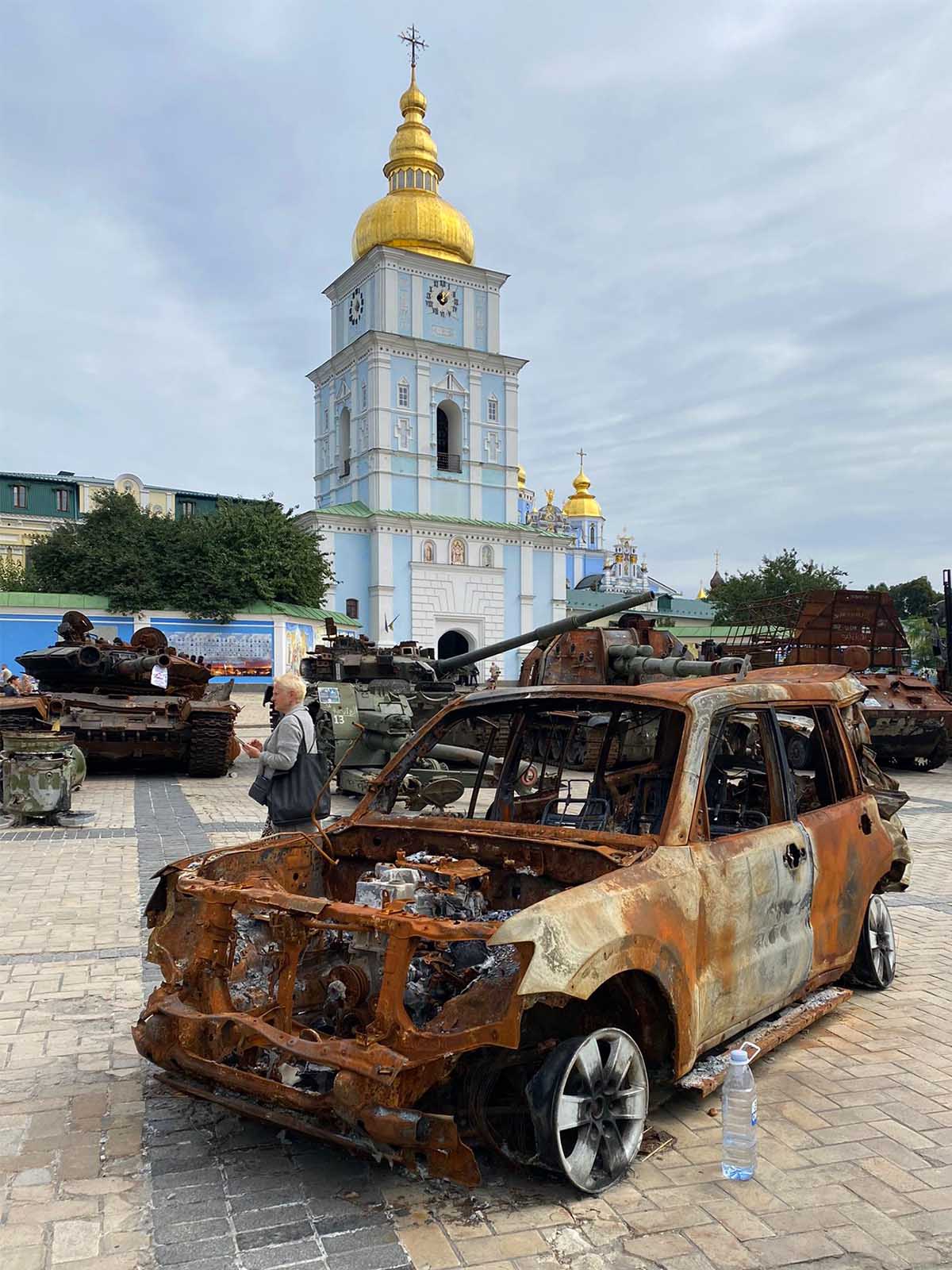
On the other hand, life in Ukraine can — bizarrely — offer aid workers a reprieve from some of the stresses found in many dangerous field postings.
There is almost no threat of kidnapping, car-bombing, terrorism, or violent crime. As a result, staff have the freedom to eat at restaurants, go to pubs, work in cafes, take the train or the metro, and generally fit into local life — an impossibility in many warzone duty stations where aid workers are confined to secure guesthouses and armoured vehicles.
“By the way, the food in Ukraine is great,” raved one humanitarian. “There are loads of fresh products and vegetables, and you can find regional specialties like Georgian cuisine.”
Another added, “Safety and security are cultural, and in Ukraine I feel culturally safe. What I mean is that it is very safe from a female perspective.”


"Everyone is struggling to hire"
Given the insecurity, perhaps it is no surprise that aid agencies are having difficulties recruiting. But the paradox of the Ukraine response right now is that most organisations are also swimming in money.
A deluge of donor funds
“The question from our donors right now,” said one Kyiv-based NGO staff, “is not ‘How much funding do you need?‘ but rather, ‘How much funding can you absorb?‘”
One seasoned aid worker estimated that the amount of humanitarian funding flooding in is “three times the Mosul scale-up” of five years ago. Another told of how their Ukraine country office went from a budget of zero to more than 60 million euros in six months. NGOs and UN agencies that were already in situ before the February invasion were able to soak up “hundreds of millions of dollars for a single country office”.
The full-throttle approach can be seen throughout the humanitarian coordination ecosystem, where all clusters, sub-clusters, and working groups are activated across the country. Even the Telecommunications Cluster — rarely seen in the wild — is active.
Unfortunately, it would be remiss not to note that much of this funding is not trickling down to the Ukrainian organisations doing the lion’s share of frontline aid delivery. In an open letter to international donors and NGOs published in August, nearly 100 Ukrainian community organisations criticised the excessive bureaucracy required to receive crucial funding.
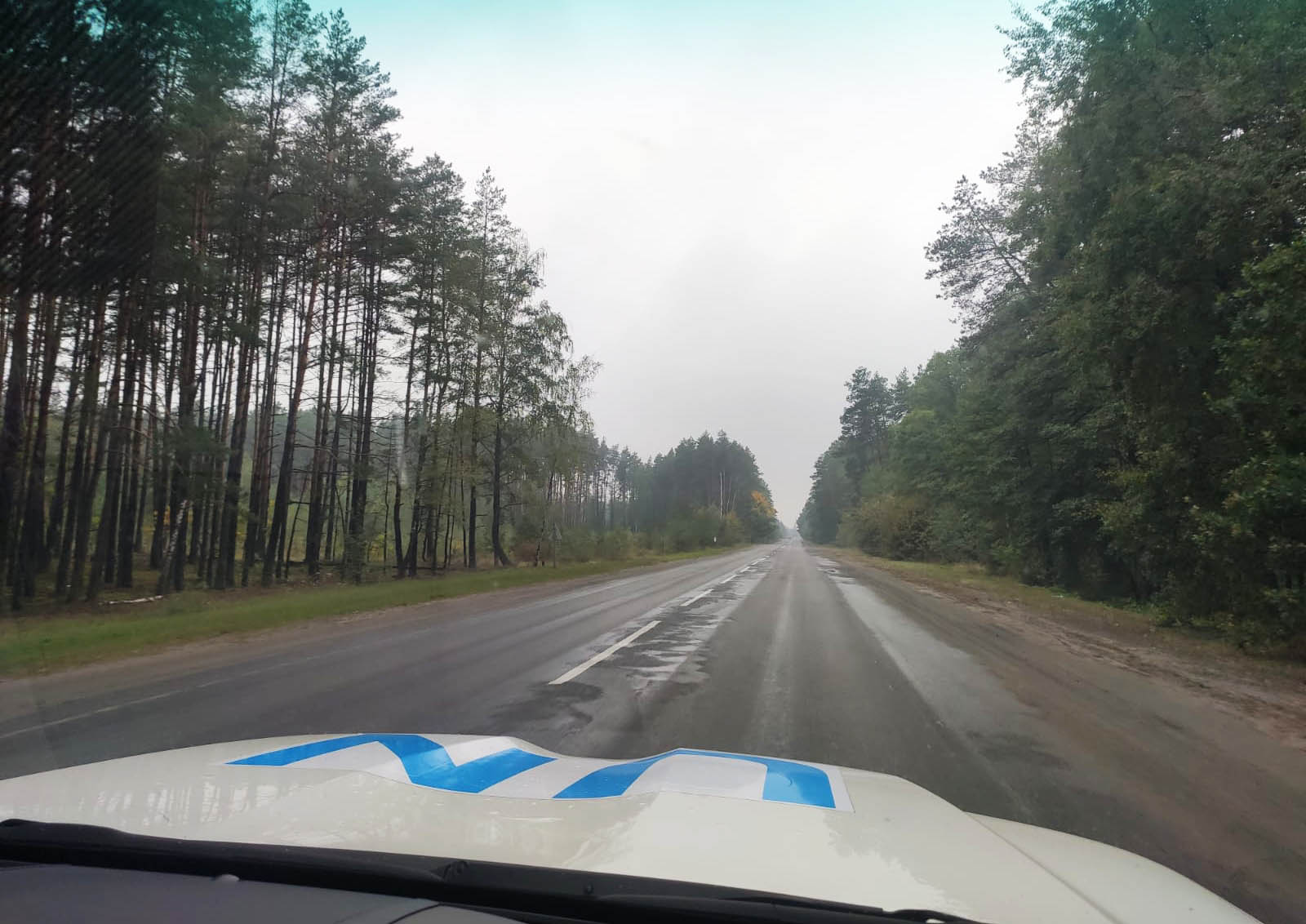
Recruitment challenges
The initial scale-up of the humanitarian response in Ukraine was filled by surge staff cycling in on short rotations. But now, as autumn arrives, most organisations are trying to fill posts permanently — “trying” being the operative word.
Every aid worker that we spoke to in Ukraine — every single one — described struggling to hire both international and national staff.
For senior international staff, even those well-accustomed to working in war zones, Ukraine presents an unappealing blend of conditions. First, it is too unsafe compared to other duty stations. While Kabul, Mogadishu, or Baghdad don’t exactly top the World’s Safest Cities lists, the risks there can be mitigated. But in Kyiv, a kamikaze drone could land on your apartment tomorrow morning. Second, leaving the country for regularly-scheduled R&Rs can take days due to a lack of flights, making it difficult to see family. Thus, given the choice, veteran humanitarians are choosing Kabul over Kyiv.
“We cannot get expats to come to Ukraine,” lamented one hiring manager. “We can get them to come for a few weeks, or maybe on a short roster rotation, but we cannot get people to commit to even a three-month contract.”
There were multiple stories of NGOs progressing deep into the international recruitment process with candidates, only to have them back out at the last minute, or demand that the role be converted to a remote position.
One senior NGO manager put it bluntly: “It’s hard to recruit internationals because nobody wants to actually work inside Ukraine right now. Senior humanitarians are not attracted to the job offers. They want to stay in headquarters and help from there. They don’t want to come to Ukraine.”

The recruitment woes extend to national staff positions. Countless humanitarians told of receiving only a handful of CVs in response to national staff position advertisements — compared to the hundreds typically received in other countries. One hiring manager offered jobs to nine Ukrainian candidates only to have eight of them refuse. Turnover is also exceptionally high: there were many reports of national staff suddenly not showing up to the office anymore because they had found better work or were called up to the national service.
The reasons vary, but our sources suggested that they are mostly related to the fact that humanitarian contracts are less attractive to local job seekers. The salaries and benefits offered by NGOs and some UN agencies are middling, and skilled Ukrainians have other options in a country with a labour shortage.
"In the midst of chaos, there is also opportunity"
(Okay, that quote is from Sun-Tzu, not an aid worker in Ukraine, but it’s fitting.)
The low-supply-high-demand market for humanitarian recruitment may be agony for hiring managers, but it is an opportunity for job seekers. Depending on your level of experience, your willingness to commit to a longer contract, and (unfortunately) your nationality, there are real opportunities for you to join the response in Ukraine right now.
Experienced international aid workers: You’ll get hired.
By now it should be clear that expat aid workers with more than five or six years of international humanitarian experience are worth their weight in gold to UN and NGO recruiters in Ukraine. If you apply — and especially if your passport is from Europe or North America — you’ll likely be scooped up in no time.
Experienced national staff: Now is the time to go international.
Humanitarians with several years of emergency response work experience in their home countries are also well-positioned to secure international jobs in Ukraine.
“The Ukraine response is a huge opportunity for current national staff to make the jump and become international staff for the first time,” said one mid-career humanitarian in Kyiv who had recently made the transition.
Others that we spoke to agreed, with one hiring manager affirming, “I’m trying to bring in as many national staff as possible from our other country offices to Ukraine on international contracts. It’s a perfect plan if their visa situation allows it.”
Some current national staff may have additional advantages when it comes to working in Ukraine. As one put it: “When you’re working as a national staff for years, you are most likely already burned out as a citizen of a fucked up country. You are used to periods of no electricity or no water. When there was a long power cut the other day in Kyiv, one of my Lebanese colleagues shrugged it off with a laugh: ‘It’s just like being back at home in Lebanon!'”
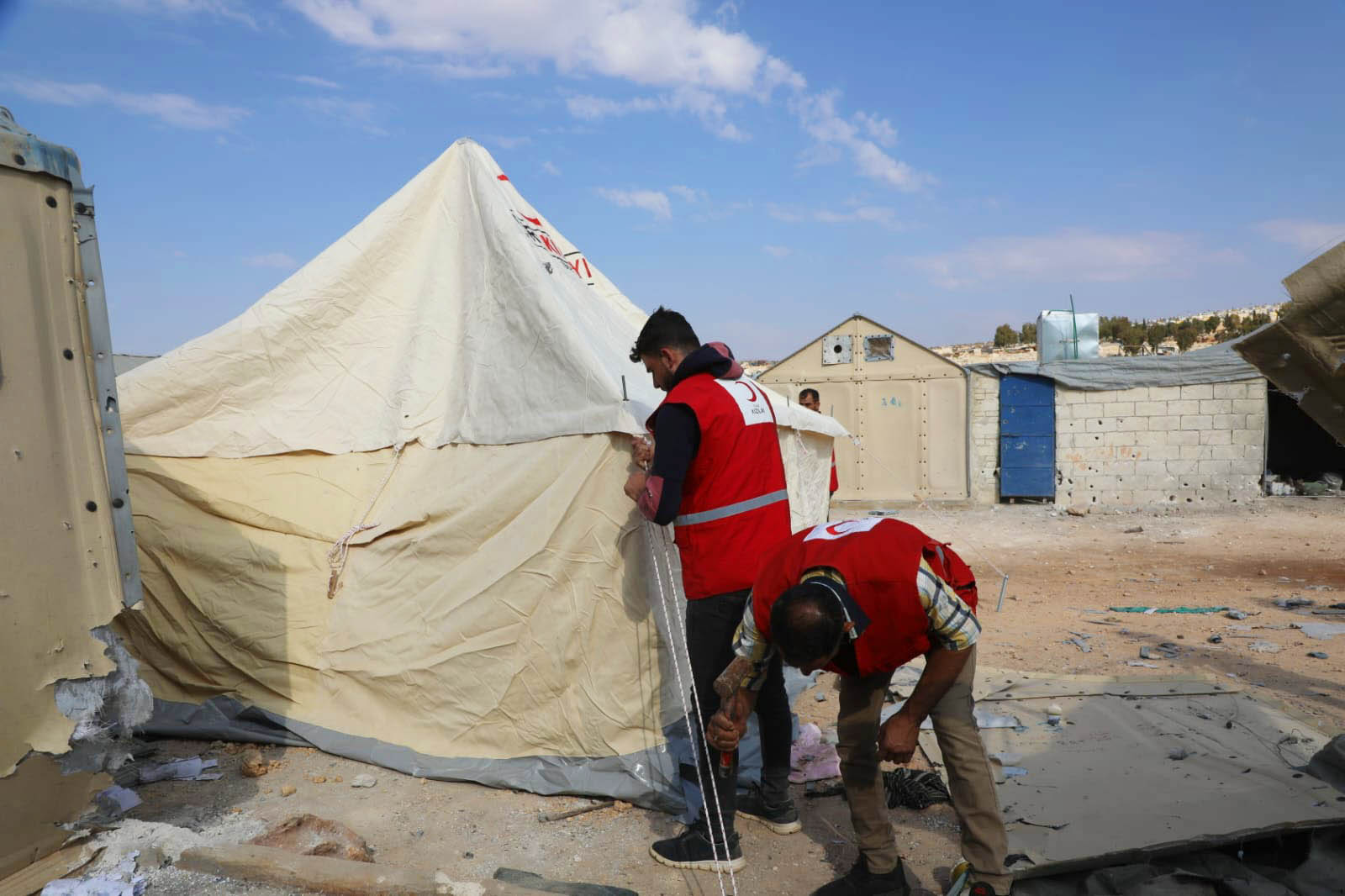
Junior international staff: Apply above your experience level and commit to longer contracts.
A glance at ReliefWeb reveals that, of more than 200 open positions in Ukraine, there are few junior-level vacancies. Despite these less-than-encouraging numbers, there is a window of opportunity for early-career humanitarians.
Several UN agencies revealed that they have multiple P2-level vacancies in Ukraine that they are planning to advertise soon. Multiple NGO managers said they are currently finishing the hiring of their senior coordinators, and that the recruitment of mid-level project managers will follow soon.
In our conversations with senior staff, they urged expat aid workers with only a few years of experience (say, 1-3 years) to take advantage of the talent pool shortage and apply for mid-level positions. If you’re currently an NGO project officer, apply to be a project manager; if you’re currently an intern or P1 at a UN agency, apply for P2 positions.
“For junior international staff with limited experience who want to work in Ukraine, I would suggest they still apply to jobs, and even to ‘stretch’ positions for which they might not be 100% qualified,” said one senior NGO director.
Junior humanitarians — even those whose experience is limited to HQ or regional offices — can also gain the attention of recruiters in Ukraine by showing a willingness to commit to longer six- or twelve-month contracts.
“The point to get across to junior folks who want to work in Ukraine is that one of the best things they can do is be very assertive and say: ‘I’m willing to commit for 6 months,'” emphasised one senior staff. “The contract length is very important.”
One specialist in Kyiv summarised, “In short, Ukraine is the ideal response for humanitarians with some experience who are willing to commit to being in the country for extended periods of time.“

Entry-level humanitarians: Look to the regional responses.
When asked why aid agencies are not hiring true entry-level international positions in Ukraine, one manager summed up the sentiment expressed by many: “There is a huge overlap of skills between a senior Ukrainian staff and an entry-level international staff. Moreover, I would not feel at ease sending young people here. It’s not a good place to start your career. You will burn out. You are really at risk. If you don’t know what you are doing, you will be a burden to others in this context.”
There are almost no organisations in Ukraine hiring recent graduates with zero experience. The security risk is too high, especially when a Ukrainian national can do the job just as well. Instead, entry-level aspiring aid workers should look to the refugee responses in the surrounding countries, namely in Poland, Moldova, Romania, Hungary, and Slovakia.
“The regional response outside of Ukraine is a great opportunity to start your humanitarian career,” said one senior regional advisor.
Indeed, the Insider is aware of several confirmed cases of aspiring aid workers landing their first-ever humanitarian jobs in Poland and Moldova.
What about volunteering?
Local volunteer organisations are the backbone of the response in Ukraine. They are the last link in the long distribution chain of humanitarian assistance in the eastern oblasts, the individuals who physically give the items — food, medicine, blankets, and other items — to the people in need.
But these are local Ukrainians, not cadres of international volunteers.
“I’d be skeptical,” said one UN field staff, “about foreigners coming to volunteer inside Ukraine right now.”
If you do go, you should stay in the west of the country; only go if you speak Ukrainian or Russian; and be aware of the risks (for example, it’s unlikely that any travel insurance agency will cover you).

Volunteer opportunities in Poland
A better approach would be to look for volunteer opportunities in the countries that have received the bulk of Ukrainian refugees. “For neighbouring countries, ask local NGOs if you can volunteer and then get into their system,” affirmed one aid worker in the region. “You’ll be more useful as a volunteer if you’re plugged in somewhere.”
Poland in particular has received the most refugees and has a strong civil society with many local humanitarian groups. Below is a curated list — sourced from our contacts in Warsaw — of humanitarian and organisations operating in Poland that support Ukrainian refugees and have opportunities for volunteers:
- Drop in the Ocean (international volunteers who do not speak Polish are accepted)
- Polish Government Site for Volunteer Coordination
- Portal of Polish NGOs (website only in Polish)
- Polish Humanitarian Action
- Polish Migration Forum Foundation (PFM)
- Polish Center for International Aid (PCPM)
- Caritas Poland
- Polish Red Cross
- Association for Legal Intervention
- Ocalenie Foundation
- Fundacja Inna Przestrzeń
A senior humanitarian aid worker, originally from Poland, suggests that prospective international volunteers contact a few of the above organisations, explain what they have to offer as a volunteer.

If you don’t find an opportunity to support Ukrainians in Poland — either due to lacking language skills or another reason — look to other areas in Europe. Nearly every country on the continent has received Ukrainian refugees. Your skills, your energy, and your charity will be of use somewhere.
November 2022
Related posts
The sheer number of aid organisations can be overwhelming. So we made a list. This is the definitive roll call of every major international humanitarian NGO.
Hiring managers from across the aid industry give their advice on what makes a great CV and cover letter. However, they don’t always agree.
From medical assistance and food distribution to logistics and finance, your humanitarian career is shaped by your technical specialisation.
The veteran Camp Manager explains why the job is among the most challenging in the industry. And why, after nine years, it’s also her favourite.
The Syria-based Protection specialist reflects on the power dynamics of aid and the privileged position that humanitarians often have in fragile countries.
Growing up in rural Sweden, the Red Cross delegate never aimed to be an aid worker. Now, at 33, he has built a career working with communities amid crisis and conflict.
Don’t bother with the United Nations. Aim for NGOs that you’ve never heard of before.
An unlucky number of true anecdotes, success stories, and lucky breaks.
You could skip this article and just go to ReliefWeb.

